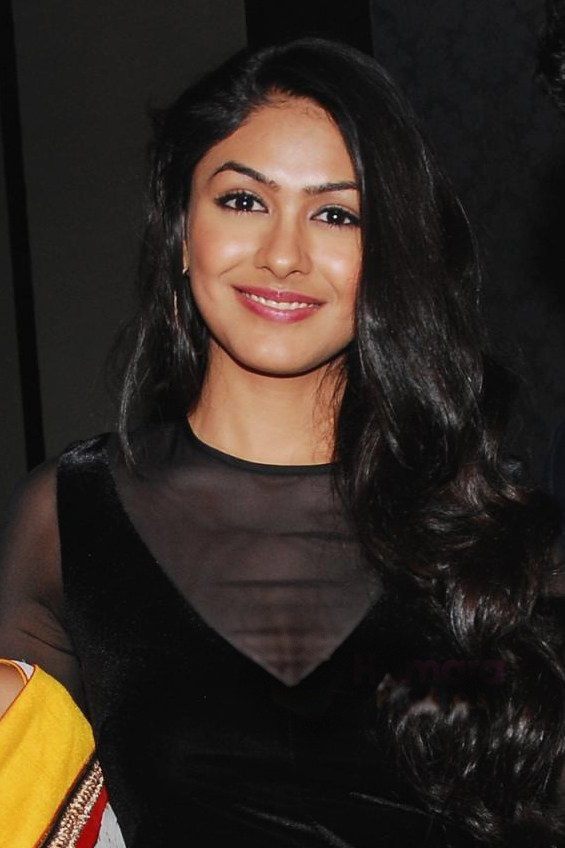Exploring the Mythological Depths of 'Mahavatar Narsimha': A Review
In a groundbreaking endeavor, Hombale Films has partnered with Kleem Productions to launch 'Mahavatar Narsimha,' India’s first large-scale 3D animated devotional action film. Released on July 25, 2025, the film is directed by Ashwin Kumar and produced by Shilpaa Dhawan, Kushal Desai, and Chaitanya Desai. It seeks to redefine the portrayal of Indian mythology through innovative animation while interweaving themes of devotion and cosmic justice.
The narrative centers around Diti, a wife of sage Kashyapa, whose surrender to desire leads to the birth of two fearsome demons, Hiranyaksha and Hiranyakashipu. The storyline unfolds as Hiranyaksha is defeated by Lord Vishnu’s Varaha avatar, igniting a fierce conflict between Hiranyakashipu and his son, Prahlada, who becomes a devoted follower of Vishnu. The plot culminates in the arrival of Narasimha, an avatar uniquely positioned to restore cosmic order by navigating the intricacies of divine law.
Contextually, 'Mahavatar Narsimha' represents an ambitious leap into the realm of mythological storytelling in Indian cinema. According to Dr. Ravi Sharma, a film studies expert at the University of Mumbai, “The film opens a new chapter in the animation genre in India, showcasing both technological prowess and cultural reverence.” The film’s visual effects aim to create a believable mythic universe, successfully blending reverence with spectacle, particularly in sequences such as the Varaha avatar episode and the climactic battle between Narasimha and Hiranyakashipu.
However, the film is not without its drawbacks. Critics have noted a dip in pacing after the first forty minutes, with certain emotional scenes failing to deliver the intended impact. According to film critic Anjali Rao, “While the animation is generally commendable, the emotional stakes could have been heightened, particularly during pivotal moments like the confrontation between Hiranyakashipu and Prahlada.” The placement of devotional songs has also been critiqued for interrupting the narrative rhythm, thus affecting the overall engagement of the audience.
Despite these shortcomings, the production values of 'Mahavatar Narsimha' are noteworthy. The animation quality, while not entirely photorealistic, manages to create a textured and layered fantasy world, a significant achievement for a genre that has historically struggled in India. Ashwin Kumar’s direction, coupled with Sam C S’s evocative musical score, adds depth to the film's emotional landscape, enhancing its overall theatrical experience.
Moreover, the film’s Telugu dubbing has been praised for its authenticity, further immersing viewers in the narrative. As noted by Dr. Meera Raghavan, a linguistics expert at the Indian Institute of Technology, “The quality of dubbing plays a crucial role in animated films, and 'Mahavatar Narsimha' sets a new benchmark in this regard.”
In conclusion, 'Mahavatar Narsimha' stands as a commendable entry in Indian cinema, merging myth with visual extravagance. While it faces challenges in pacing and narrative coherence, its ambition, aesthetic richness, and the exploration of spiritual themes mark it as a significant contribution to the evolving landscape of animated storytelling in India. As audiences seek more diverse cinematic experiences, this film offers a glimpse into the potential for a mythological cinematic universe, poised for future exploration. With a rating of 3 out of 5 from 123telugu.com, it is recommended for those intrigued by the intersection of mythology and modern animation.
For optimal viewing experience, audiences are encouraged to watch the film in 3D to fully appreciate its visual strengths and narrative depth.
Advertisement
Tags
Advertisement





